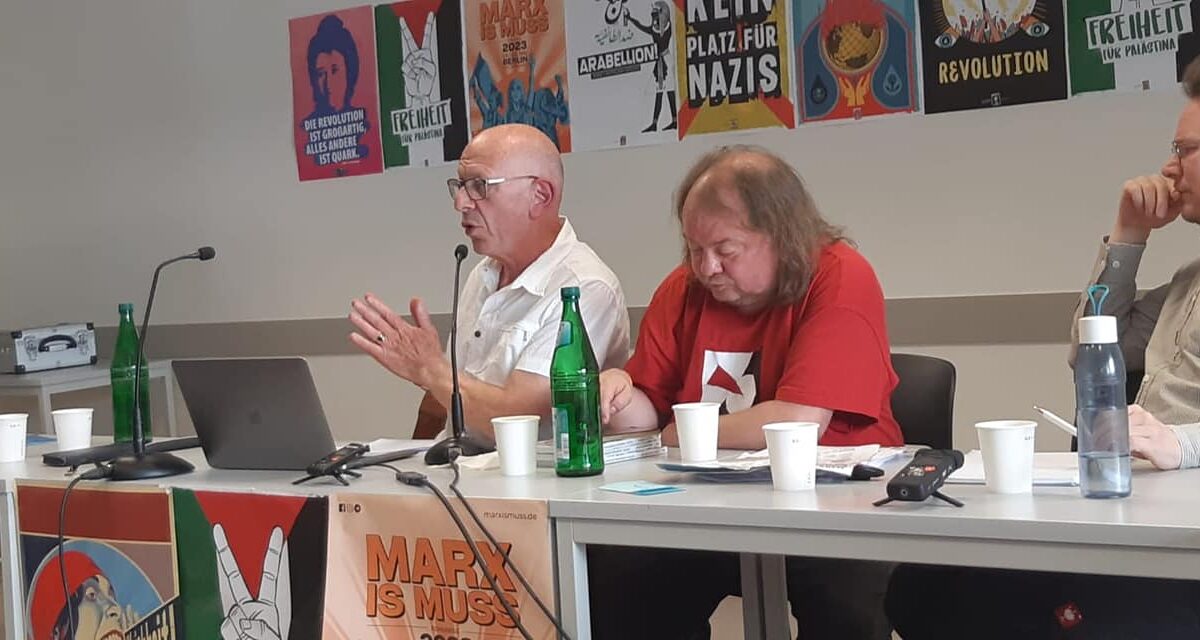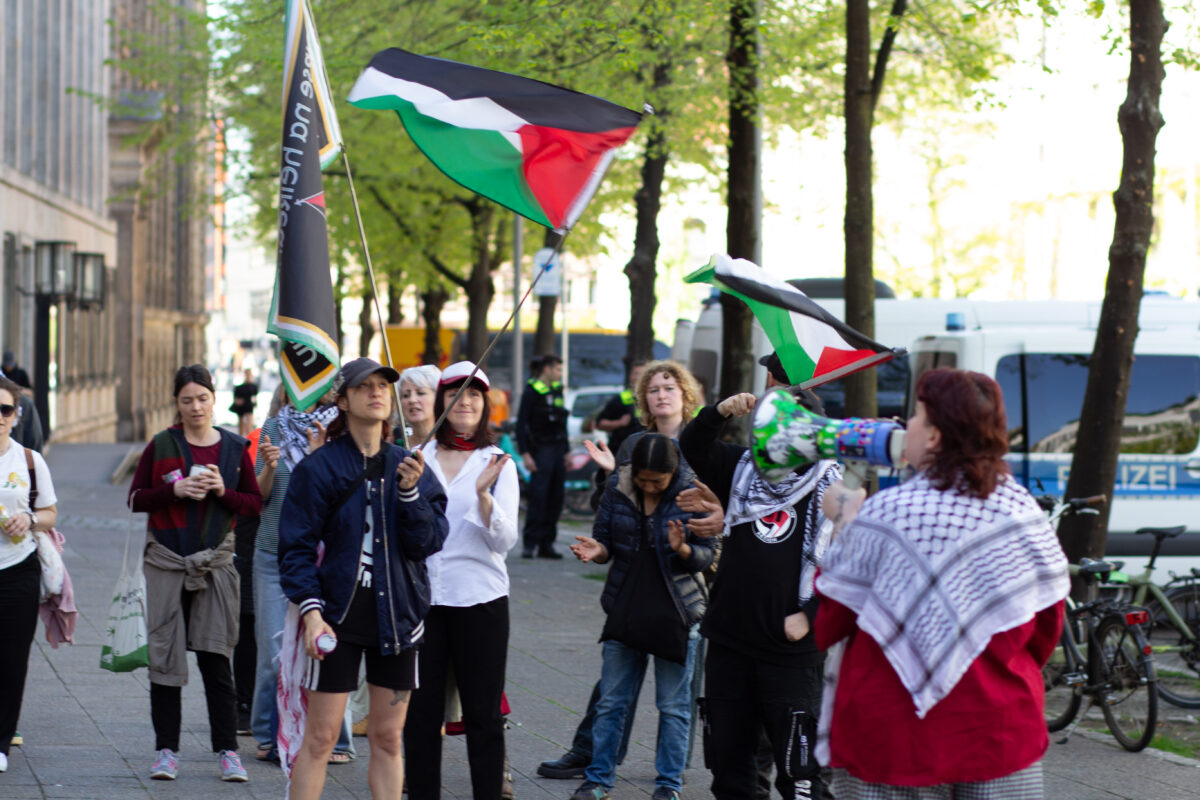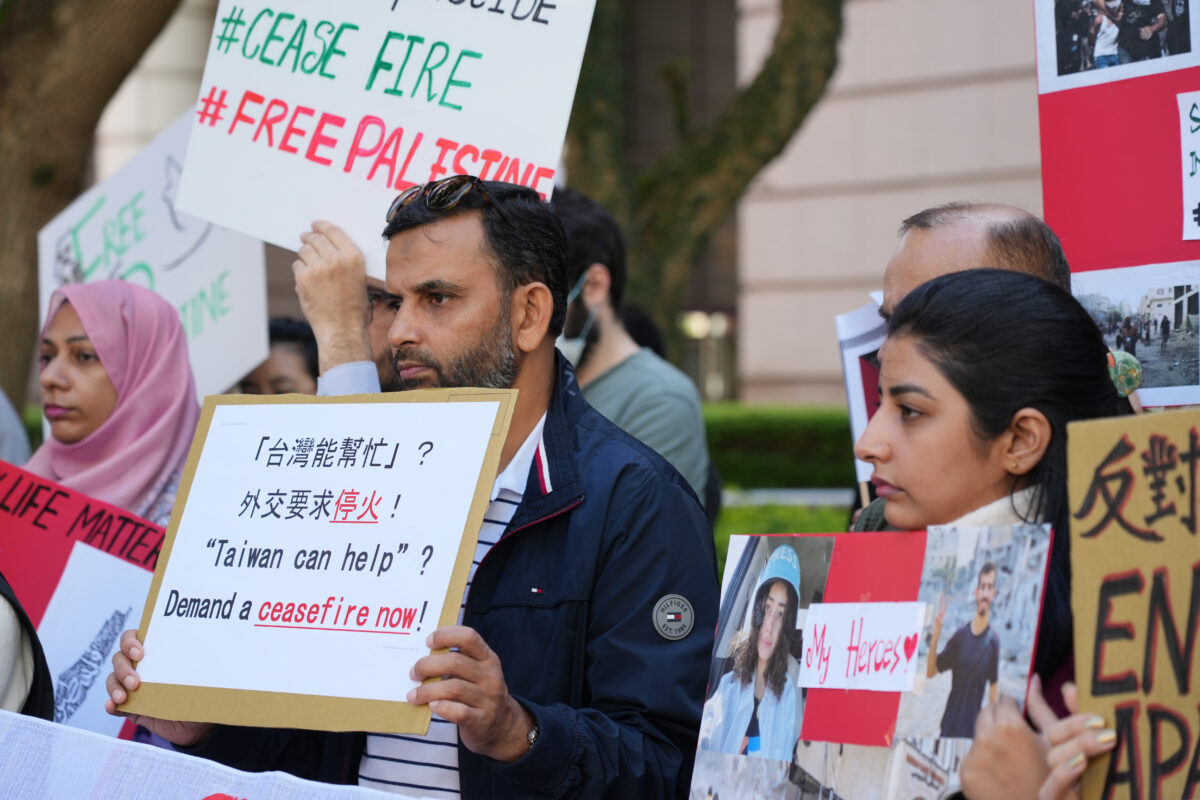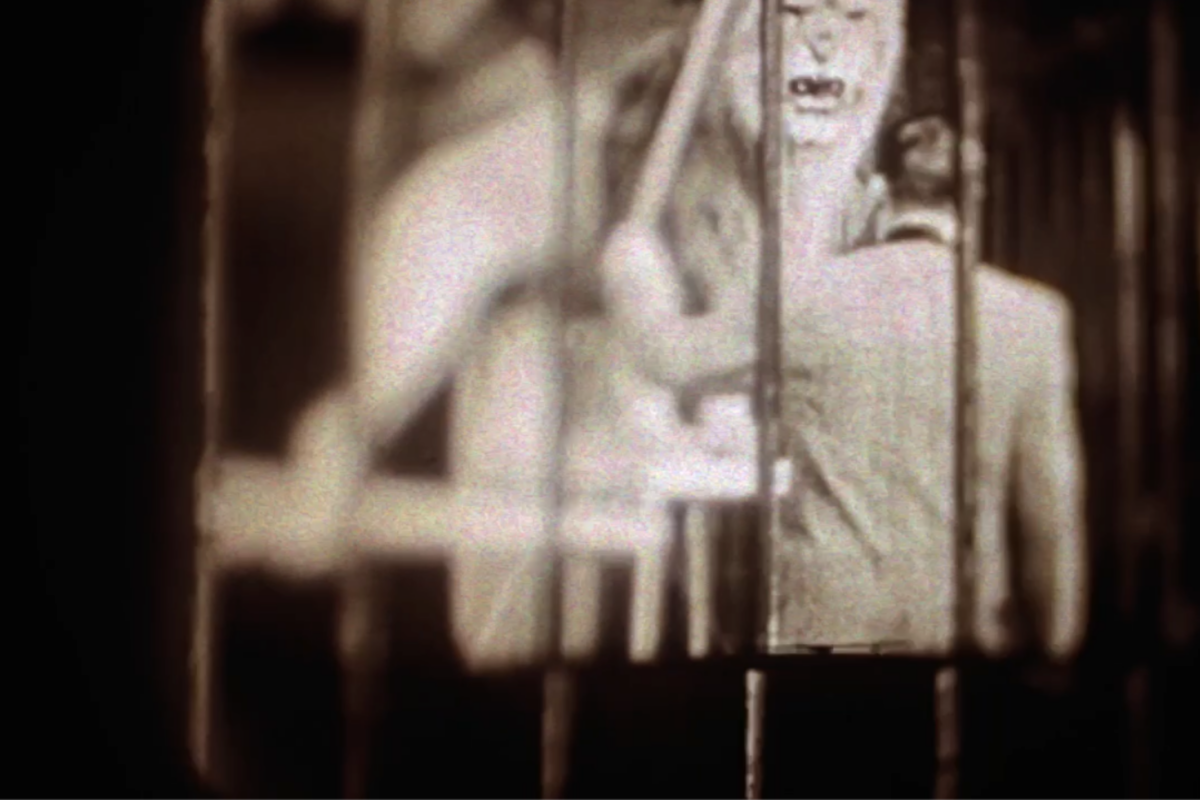Israel, the US, and imperialism
In July 1956, Egyptian president, Colonel Abdul Nasser, announced the nationalisation of the Suez Canal. Britain and France, the old colonial powers, had together with Israel, conspired to invade Egypt, seize control of the canal and overthrow Nasser. On 29 October Israeli forces attacked, and British and French troops followed on 5 November. Within two days it was over, ending in humiliation for Britain and France. President Eisenhower, who had warned against invasion, cut off finance to Britain from the International Monetary Fund and threatened sanctions, fuelling a massive run on sterling. Britain, facing bankruptcy and devaluation of the pound, accepted a UN ceasefire and withdrawal.
The outcome of the 1956 Suez Crisis reflected the new imperialist order after 1945. The US and the Soviet Union now confronted each other as global nuclear superpowers; the middle east was a growing site of superpower rivalry. As the Soviet Union accelerated arms supplies to Egypt, Syria and Iraq, the US looked to counter Soviet influence. After Suez, Israel recognised the US as the key imperialist power and increasingly sought an alliance. Whilst the US had opposed the 1956 invasion, the tension between the US and Israel soon loosened. By 1962, President Kennedy declared a special relationship with Israel comparable to that with Britain.
The first key watershed came with the 1967 Arab-Israeli war. The war left Israel the most formidable military power in the region; President Nixon told Henry Kissinger that Israel was the only effective opponent to Soviet expansion in the Middle East and the US now overtook France as Israel’s main source of arms.
However, the second turning point came with the Arab-Israeli war of 1973; here the outcome was more ambiguous. The Arab armies took Israel and its imperialist patron by surprise. Whilst Israel emerged as the victor, the initial defeats punctured assumptions of Israeli invulnerability.
After the 1973 war, the cornerstone of US policy was to establish Israel’s permanent military and technological superiority, known as “Qualitative Military Edge”. Up to 1973, US foreign military sales to any one recipient were capped at $250 million per year. In 1974, US military aid to Israel rocketed to $2.2 billion, setting an annual benchmark since. A senior state department official defined Qualitative Military Edge as the guarantee of Israel’s ability to “counter and defeat credible military threats from any individual state, coalition of states, or non-state actor, while sustaining minimal damages or casualties… Each and every security assistance request from the Israeli Government is evaluated in light of our policy to uphold Israel’s Qualitative Military Edge.” This policy was written into US law by the Obama administration.
At the same time, the US has sought to bring the Arab regimes into its camp. After the defeat of 1973, Egypt began negotiations with Israel and in 1979, President Sadat signed the Egypt-Israel peace treaty. Egypt became the second biggest recipient of US military aid.
Nonetheless, US imperialism faces a fundamental quandary: the vulnerabilities of the Arab regimes. During the 1970s and early 1980s, the Palestinian struggle combined with popular resentment, posing a threat to Arab rulers, and acted as a catalyst for anti-imperialist sentiment across the region.
In 1970, civil war erupted in Jordan between Palestinians and their allies on one side, and the autocrat and key US ally, King Hussein, on the other. Syria backed the revolt seeking an advantage against a regional rival. However, Israel confronted Syria in the Golan and Jordan valley; King Hussein’s forces overwhelmed the Palestinians and forced a Syrian withdrawal.
After the civil war in Jordan, US Aid to Israel rose five-fold from under $300 million between 1968-1970 to $1.5 billion in 1971-1973 – even before the 1973 October war. The same pattern was repeated after the Iranian revolution and during the civil war in Lebanon and Israel’s invasion in 1982. After the Iranian revolution and the overthrow of the Shah, arguably the US’s most important ally on the Persian Gulf, US military aid to Israel sky-rocketed to its highest ever level in real terms – at over $5 billion at 2018 dollar value.
Thus, the biggest spikes in military aid took place when the Arab regimes were threatened by mass revolt, and when Israel faced mass resistance from Palestinians. For example after the first intifada in the late 1980s, and the second intifada in the early 2000s. These increases were proportionally greater in real terms even than were the increases after the Arab-Israeli wars.
Today, Israel is the largest cumulative recipient of US military aid since 1945, totalling $160 billion. Israel also has the world’s largest F-16 fleet except for the United States Air Force. In 2011, as Arab revolutions shook the Middle East, Andrew J. Shapiro, assistant secretary for the Middle East at the state department, in an address entitled “Ensuring Israel’s Qualitative Military Edge” referred to the storming of the Israeli embassy by anti-regime protestors in Cairo. Shapiro insisted the Obama administration was providing unprecedented levels of aid to Israel “at a time when Israel needs our support to address the multifaceted threats it faces.”
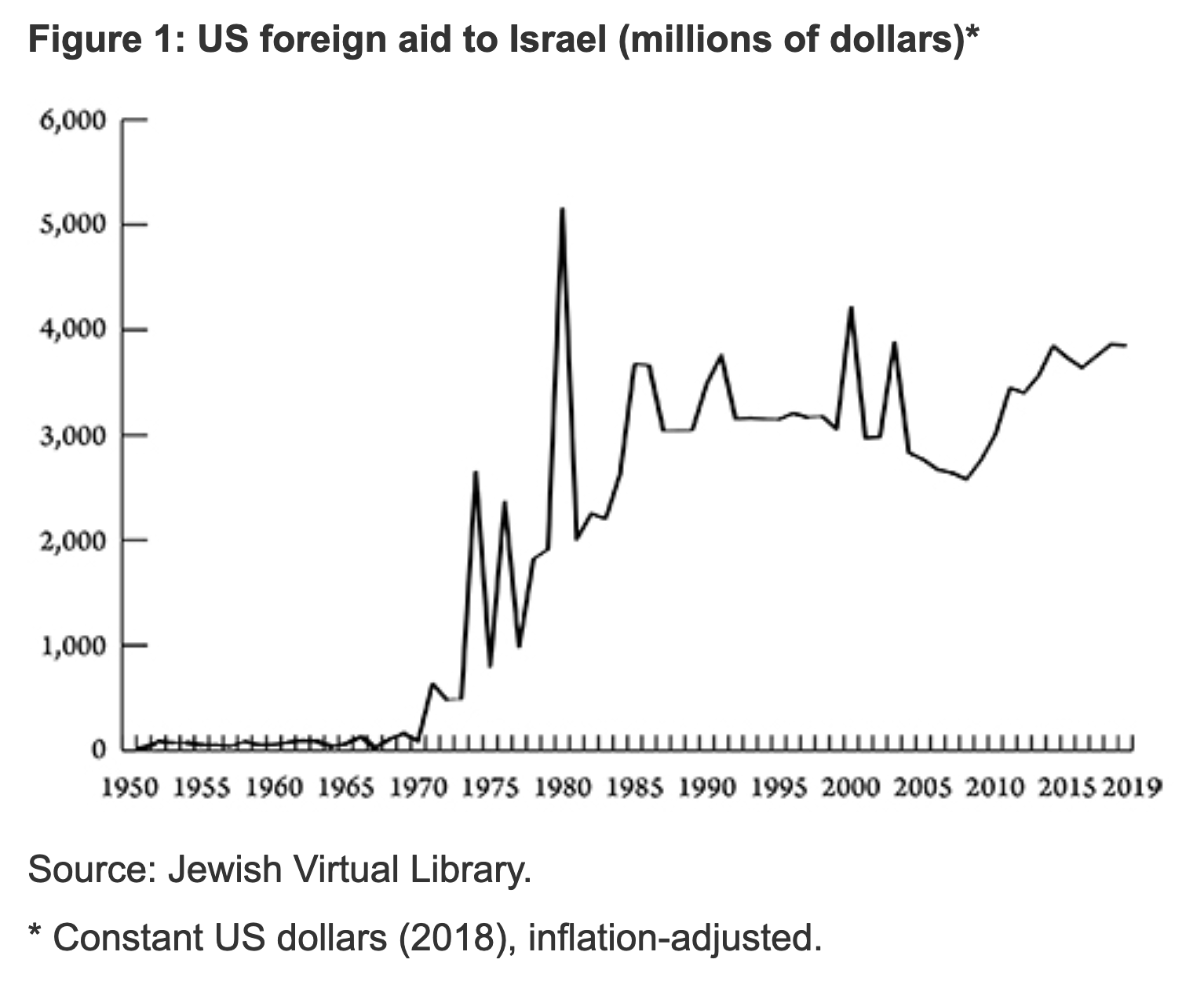
There is a side point to be made here but an important one. The trajectory of the relationship between US imperialism and Israel shows that to place emphasis on a “Zionist Lobby” manipulating US foreign policy is misplaced and misleading. This gets things the wrong way round. The US is the most powerful imperialist power in history. It needs no persuading that Israel is an indispensable strategic asset in defence of US imperialist interests in the middle east.
Indeed, before 1973, what is now the largest pro-Israel lobby, the American Israel Public Affairs Committee, AIPAC, was a marginal shoe-string operation that sometimes was not able to pay its own staff. It only rose to significance in the 1980s, long after massive escalation in US military aid to Israel and the US policy of establishing Israel’s “Qualitative Military Edge”.
Israel – A Militarised Economy
What does Israel’s imperialist role mean for Israel itself? Both Israel’s society and economy is highly militarised. The massive acceleration of US military and economic aid to Israel since the 1970s is central to the political economy of the Zionist project. Military spending laid the basis for a boom in high-tech and research-intensive manufacturing that fuelled the Israeli economy.
In 1965, high-tech industries accounted for 37% of industrial production; by 2006, the figure was 70%. As a percentage, computer and communications rose from 36% of service exports in 1995 to 78% in 2019. The huge investment by the US feeds back into the high-tech sector and Israel’s industrial base.
Israel has a dual foundation: maintaining the apartheid system over Palestinians on one hand and acting as regional enforcer of US imperialist interests on the other. The apartheid state is more than a foul system of dispossession and domination. It reflects a particular form of capitalist development of imperialism in the middle east.
A Colonial Settler State – Fortress of Imperialist Interests
The understanding of how the settler-colonial garrison is embedded into the imperialist order helps explain why US support for Israel is unconditional. Even faced with far-right pogromists in power, there are no red lines in US support for Israel.
Addressing the American Israel Public Affairs Committee Policy Summit in June, Secretary of State, Anthony Blinken declared that the US-Israel commitment to Israel’s ‘security’ was “non-negotiable” and “ironclad”. He continued to detail the $3.3 billion per annum in foreign military financing; an additional $500 million funding for missile defense, tens of millions for counter-drone and anti-tunneling technologies and an additional $1 billion funding for Israel’s Iron Dome.
Of course true the US also relies on Arab regimes. However, there is a fundamental feature that distinguishes Israel from the Arab rulers. These regimes can be brought down by revolt from below. Pillars of US imperialism such as the Shah of Iran in 1979, Mubarak in Egypt in 2011 have been deposed through revolt from below, a threat that all Arab rulers of the region fear.
In this, Israel has a distinguishing feature. There is no settler-colonial state in history that has dissolved itself. It is this that makes Israel a uniquely vital fortress of imperialist interests.
After the Cold War: 1991 – 2023
However, the imperialist order is not static; imperialism is a system driven by competing states. That process is dynamic, generating tensions and conflict as the relative position of rival powers shifts.
At the end of the Cold War, the US emerged as the world’s sole military superpower. However, the US has suffered a continuing relative decline in its dominance over world trade and production. The US has therefore sought to re-assert hegemony through the exercise of military might – in the Balkan Wars, Somalia, the first Gulf War of 1991, in the 1990s bombing campaigns and sanctions against Iraq. The 1990s closed with the Kosovan war, the NATO campaign against Serbia, and the onset of NATO’s massive expansion eastward.
This vision of US global dominance was expressed most explicitly in the neo-con “project of the New American Century” that informed the Bush administration. This vision met its nemesis in the Middle East amidst the disastrous defeats in Iraq and Afghanistan. The key beneficiary of the Iraq War was the United States’ historic foe – Iran. This led to intensified confrontation between Iran, Saudi and other Gulf states… and of course, Israel.
At the same time, Russia emerged from the collapse of the 1990s on a tide of oil and gas revenues, and now Russia’s intervention in support of the Syrian regime further highlighted US weakness.
Palestine and the Arab Spring
Here we need to turn to the question of Palestinian resistance and the Arab revolution. The first Intifada at the end of the 1980s led to the Oslo Accords of the early 90s. The Accords held out a false promise of a future Palestinian state in an attempt to quell Palestinian resistance while harnessing the PLO leadership to collaboration. By 2000 Oslo was buried in a massive tide of settlement expansion and ethnic cleansing.
The fraud of the Oslo Accords sparked the second intifada of the 2000s, and the election victory of Hamas in 2006, followed by the blockade and repeated assaults by Israel on Gaza. This brings us towards today. In May 2021 the “unity intifada” erupted across historic Palestine and new forces of resistance emerged, particularly amongst Palestinian youth and above all amongst Palestinians with Israeli citizenship within “1948 Israel”.
The Arab revolutions of 2011 sent shock waves through the middle east and centres of imperialist power. The Palestinian struggle was invoked repeatedly in the mass protests. Starting on Nakba Day in May, thousands of protestors attempted to approach or breach the Israeli border from Lebanon, Syria, Egypt, and Jordan.
In Egypt thousands planned to drive to the border in convoys of buses from across the country. The military ordered bus companies to cancel their transport and stopped any who approached the border. At the Syrian border, Syrian police were overwhelmed; four protestors were killed and dozens injured when Israeli soldiers opened fire. In September 2011, a mass protest laid siege to the Israeli Embassy in Cairo. Thousands broke down the security wall, occupied and ransacked the embassy for two days. Embassy security staff were rescued by Egyptian commandos; the ambassador and 85 diplomats fled to Tel Aviv.
In 2020, the UAE, Bahrain, and Morocco signed the Abraham Accords with Israel, Saudi and other Gulf states moving towards closer collaboration. As the New York Times put it: “The Arab Spring uprisings had shown Gulf monarchs that popular anger over repression and corruption were bigger threats to their rule than any blowback over their failure to maintain solidarity with the Palestinians”. In addition, the Gulf rulers shared economic interests with Israel – one influential Gulf think tank argued that normalisation of relations with Israel would bring an arc of prosperity across the region.
Shifts in Imperialist Power
However, the tectonic plates of imperialist power are shifting. China’s brokering of the Saudi-Iranian deal is a hugely important indication. China needs stability in the Gulf from where it gets over 40% of its crude oil. It has important investments in the Saudi energy sector and interest in a potential energy pipeline transit corridor through Iran that would provide an alternative trade route to the Suez Canal and the South China Sea.
For its part, Saudi Arabia is investing billions of dollars to attract foreign investment. It no longer sees itself simply as a security vassal of the United States but a regional power, even while it maintains a strategic alliance with the US. As one Saudi official put it, “The United States fails to understand that we cannot be allies at the expenses of our interests”.
Conclusion
The state of Israel is not an anachronism or a left-over from the colonial period. Israeli apartheid has been reproduced by the dynamics of imperialism in the Middle East; it is cemented to US imperialism. Change will not come from the Arab ruling classes, nor from forces within Israeli settler society. To bring the Zionist state to an end and forge a free Palestine of equality for all its citizens will require a challenge to imperialism from the Arab masses themselves.
In this, Palestinians are not simply the passive beneficiary of struggles in the wider region, they act as a potential detonator of revolt. Palestinian resistance ebbs and flows but is permanently inscribed in the struggle against settler colonialism and imperialism in the Middle East. Whenever the working class and oppressed in the Middle East challenge their own regimes, they confront the imperialist order and in doing so they confront the Zionist state. The process that began with the Arab revolutions of 2011 is not over.
The struggle for a free Palestine is therefore an indissoluble part of the struggle against imperialism in the Middle East and the anti-imperialist struggle here at home.
This is adapted from the text of a speech Rob Ferguson gave at the Marxismuss 2023 Conference in Berlin.
